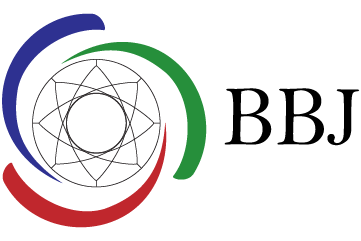There are several reasons why transparency in the jewelry supply chain is crucial. First and foremost, it helps make sure that the diamonds, gold, and other precious stones and metals used in jewelry production are sourced and obtained via ethical means. This includes avoiding the use of conflict diamonds and gold that has been mined in environmentally destructive ways or using forced labor.
When there is supply transparency consumers can trust that the jewelry they are buying has been produced in an ethical and sustainable manner. This is especially important for consumers looking to make a socially responsible purchase by avoiding companies that engage in unethical practices.
Another important facet of jewelry supply chain transparency is traceability. Traceability means a diamond, gemstone, or gold can be followed from the mine where it was extracted, through the various stages of processing and manufacturing, and all the way to the final retail product. This helps ensure the diamond, gemstone, or gold used in a piece of jewelry is not of conflict origin, has not been smuggled, and is not from a mine source where forced labor is used.
Transparency throughout the jewelry supply chain helps to promote fair labor practices within the industry. When companies are held accountable for their actions and are required to disclose information about their supply chains, they are more likely to ensure the suppliers they work with are treating workers fairly and providing them with safe working conditions. This helps to improve the lives of workers in the industry and promotes social justice.
Transparency in the jewelry supply chain also helps with the promotion of sustainable environmental practices. When companies are required to disclose information about their supply chains, they are more predisposed to ensuring the suppliers they use are practicing environmentally sustainable methods to extract and process diamonds, gold, and other precious stones and metals. This helps reduce the overall environmental impact of our industry while at the same time promoting sustainability.
Of the initiatives launched over the past 20 years to encourage openness in the jewelry supply chain, the Kimberley Process Certification Scheme (KPCS) is perhaps the most well-known. This was started in 2003 with the intention of stopping the trade in conflict diamonds. Before diamonds can be exchanged, the KPCS mandates that they be certified conflict-free. This makes it possible to prevent the financing of armed conflict via the sale of diamonds on the international market.
Another well-known initiative is the Responsible Jewellery Council (RJC). In 2005, the RJC was established to promote responsible business practices within the jewelry industry. The RJC developed a set of standards that detail requirements for transparency, traceability, and ethical sourcing. To obtain and keep RJC membership companies that are registered with RJC are required to meet these standards, and are independently audited regularly to ensure compliance.
We should also mention the Fairtrade gold and Fairmined gold initiatives which certify gold mined was done so using fair labor practices and environmentally sustainable methods.
In addition to all the above initiatives we have mentioned, it is also important for consumers to be educated on the different labeling and certification schemes that are available for jewelry. For example, the “Canadian Diamonds” label indicates that a diamond was mined in Canada and has been tracked through the supply chain to ensure it is conflict-free.
In conclusion, transparency in the jewelry supply chain is crucial for ensuring that diamonds, gold, and other precious stones and metals used in jewelry production are obtained through ethical means. It is essential to protect consumers from unknowingly purchasing jewelry that has been produced using unethical or illegal methods. Traceability in the supply chain, fair labor practices throughout the industry, and environmental sustainability are also important aspects of transparency. Several initiatives have been established to promote transparency in the jewelry supply chain, and consumers should be aware of these certifications and labels and try to support companies that engage in transparent and responsible business practices. Ultimately, transparency in the jewelry supply chain helps to ensure that the products we wear and gift are not only beautiful but also ethically and sustainably produced, something we are committed to seeing at BBJ Bangkok.





vcuf1j